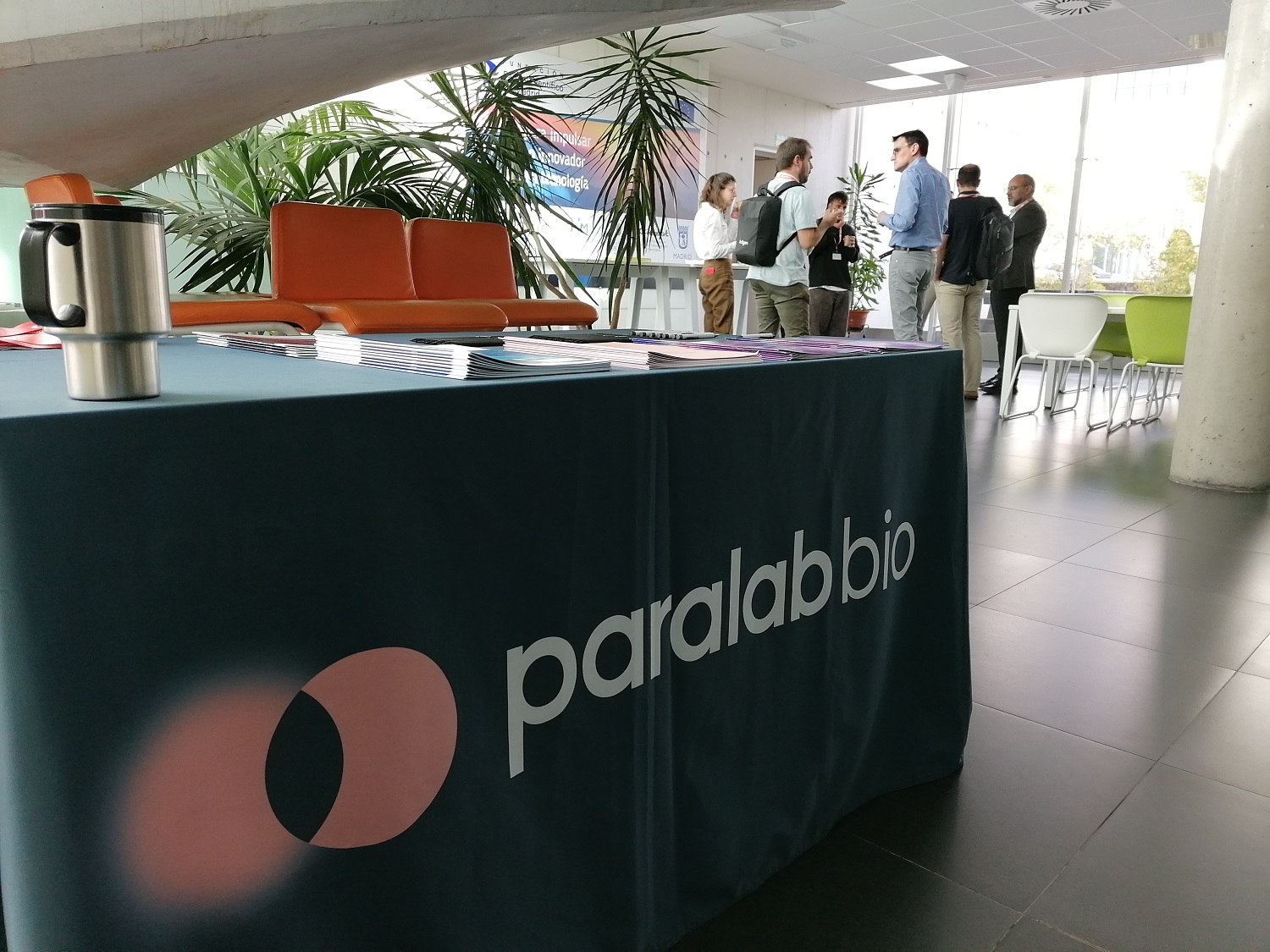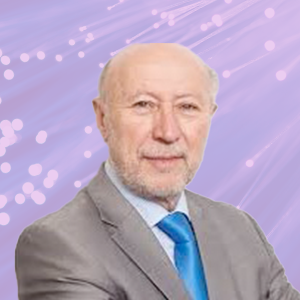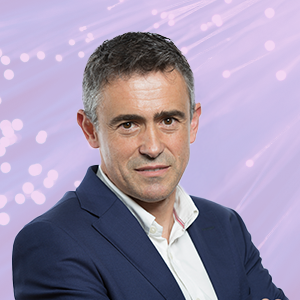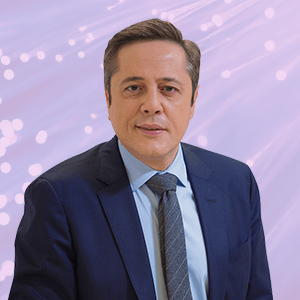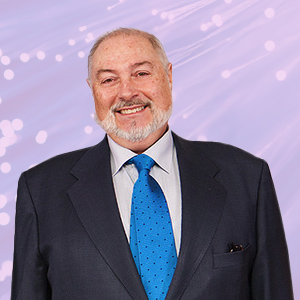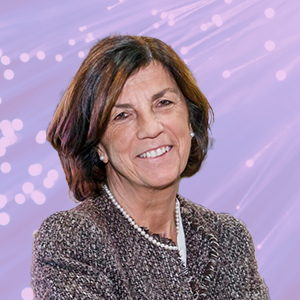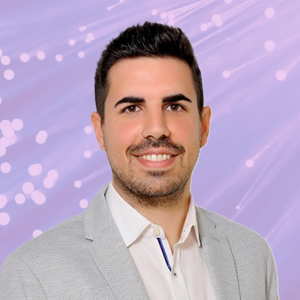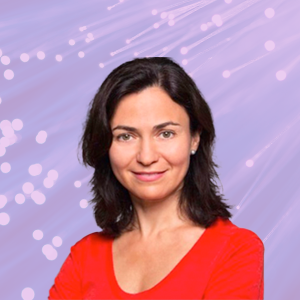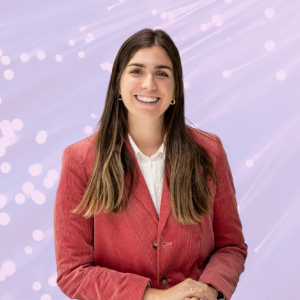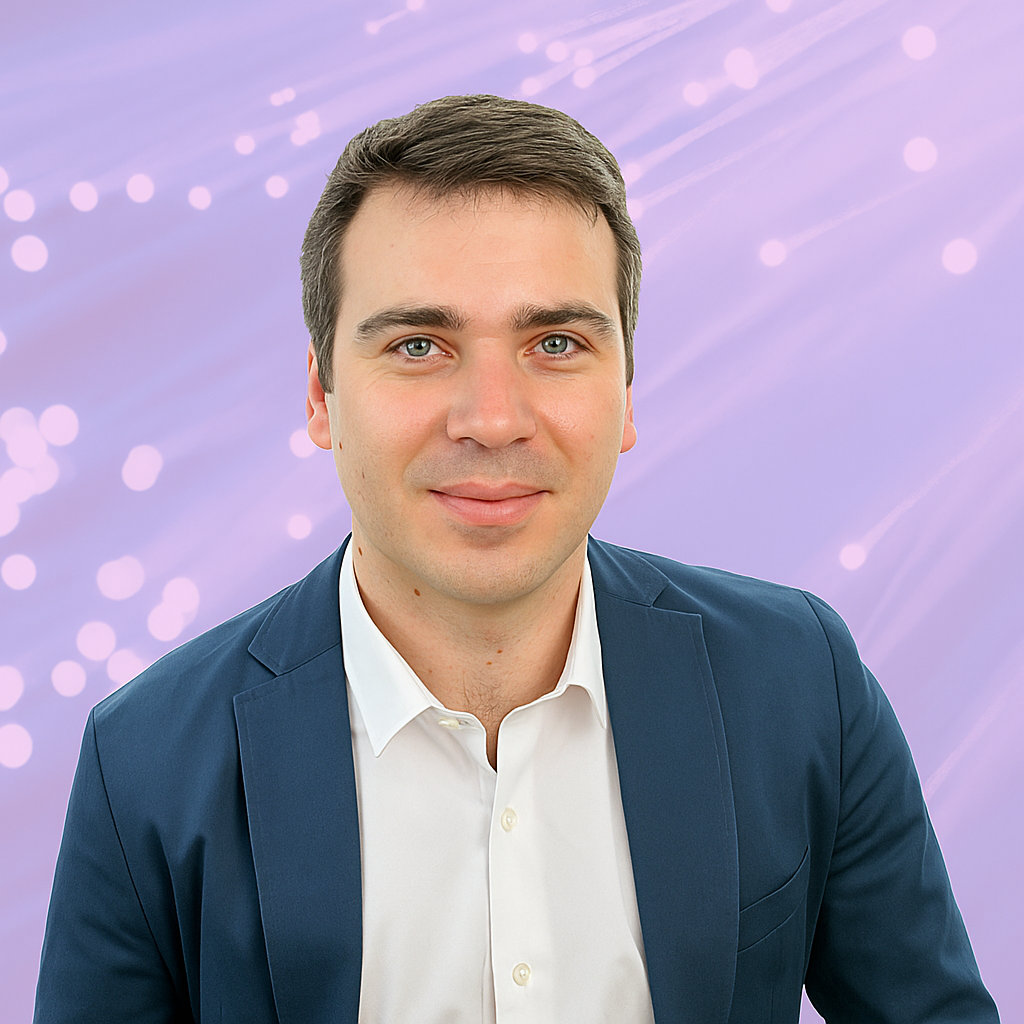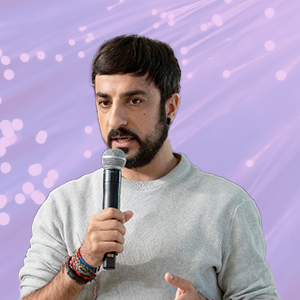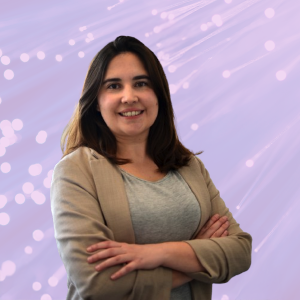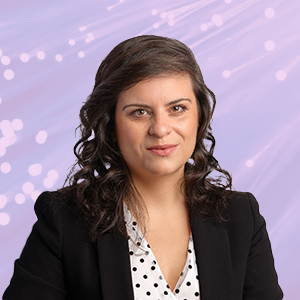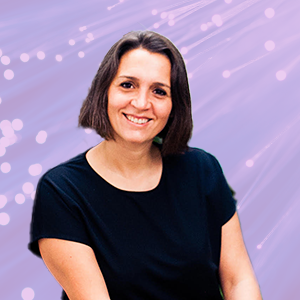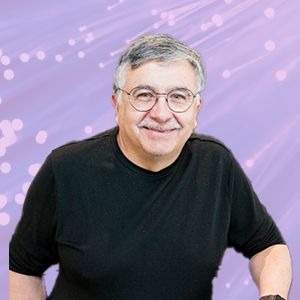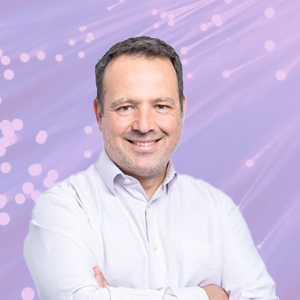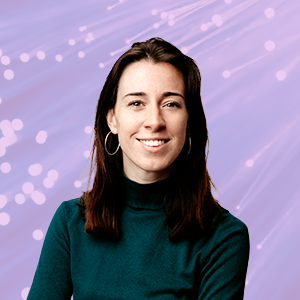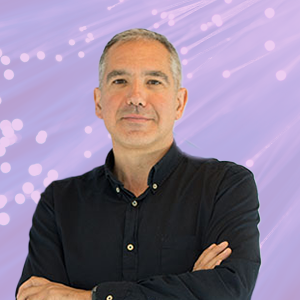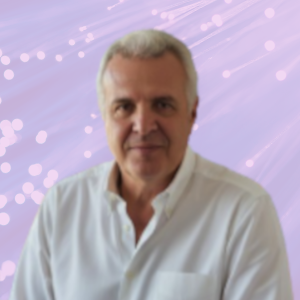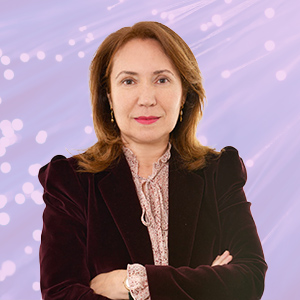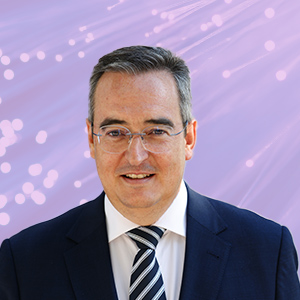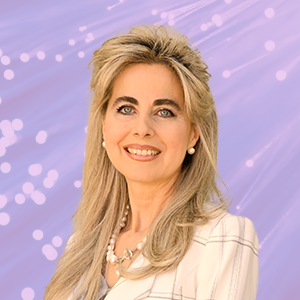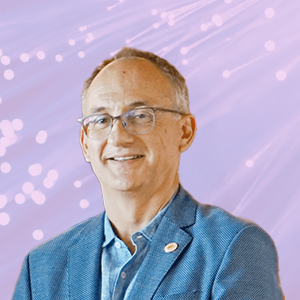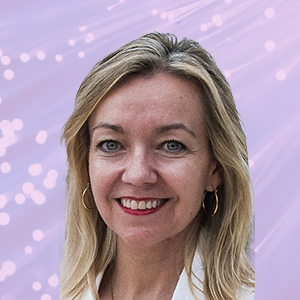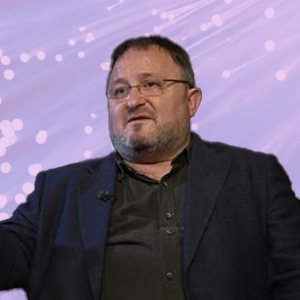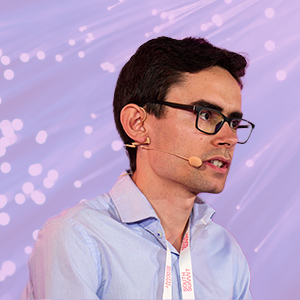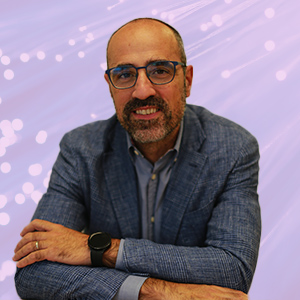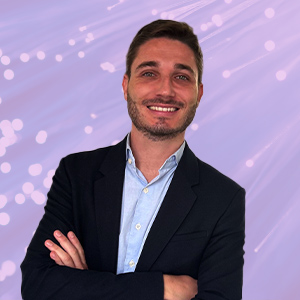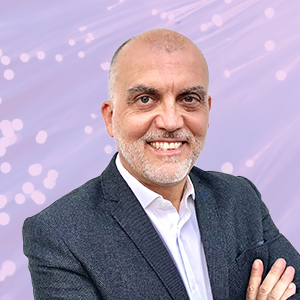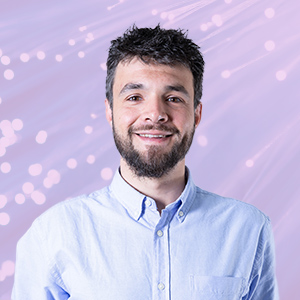On October 15, Paralab BIO organized a conference on cutting-edge biophysical characterization techniques at the Madrid Science Park. Its objective was to offer a comprehensive view of the latest techniques used to explore macromolecules in molecular biology.
Biophysical characterization techniques
The biological division of the distributor Paralab focuses on the study of cells, proteins and molecules using different equipment and techniques. Within these techniques, in addition to imaging for preclinical research and cell processing, they have also developed biophysical characterization.
To present these techniques, the Paralab BIO team brought two experts from the Swiss company Creoptix (part of the Malvern Panalytical group) and the British Applied Photophysics to the conference. Both presented complementary techniques of great use.
Grid-coupled interferometry
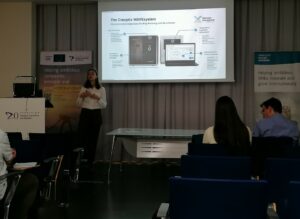
The first presentation was given by Oksana Reznichenko, biosciences applications scientist at Creoptix. Reznichenko detailed the principles of Grating-Coupled Interferometry (GCI). CGI can be used with great power in complex biological samples, but it does not work as well for small samples. He also detailed his new waveRAPID© method for measuring kinetics.
Protein stability and interaction
Markus Epe, Sales & Application Manager at Applied Photopysics, then gave a didactic talk on protein stability. This is a necessary condition for a multitude of studies, but the verification of which is often overlooked and can lead to inadequate results. To determine it, Epe described various fluorescence-based methods and their principles and focused on its SUPR-DSF differential scanning nanofluorimetry (nDSF) system.
These techniques have multiple applications, such as aggregation of monoclonal antibodies, detection of subtle changes in protein stability or ligand fixation, among others.
Accelerating Drug Discovery
After coffee, Reznichenko focused on the WAVE system applied to drug discovery. He described the results of various studies using such a system, such as to shorten assay development or antibody profiling.
Protein interaction
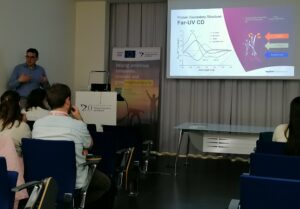
To conclude the day, Epe focused on the interaction between proteins and the ultrafast analysis of their kinetics. Specifically, he referred to two very versatile tools. The first is the so-called stopped flow, which studies rapid reactions in solutions through changes in optical signals. Its applications cover enzymology, protein-ligand fixation or protein-protein interaction, for example.
The second technique, used for the structural analysis of proteins, is circular dichroism (DC). The CD measures the difference in absorbance between dextral and sinistrally polarized light that passes through the object of study. Thanks to this, the CD allows the comparison of structures, with the consequent detection of changes, mutations, homologues, etc.
In short, the conference offered attendees a good perspective on the molecular complexities of biological systems through these cutting-edge techniques.

